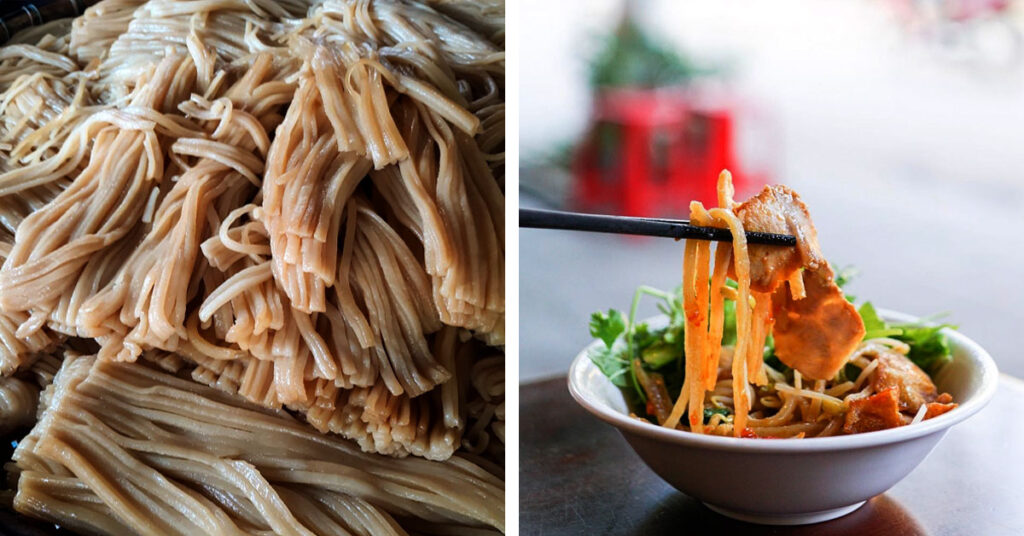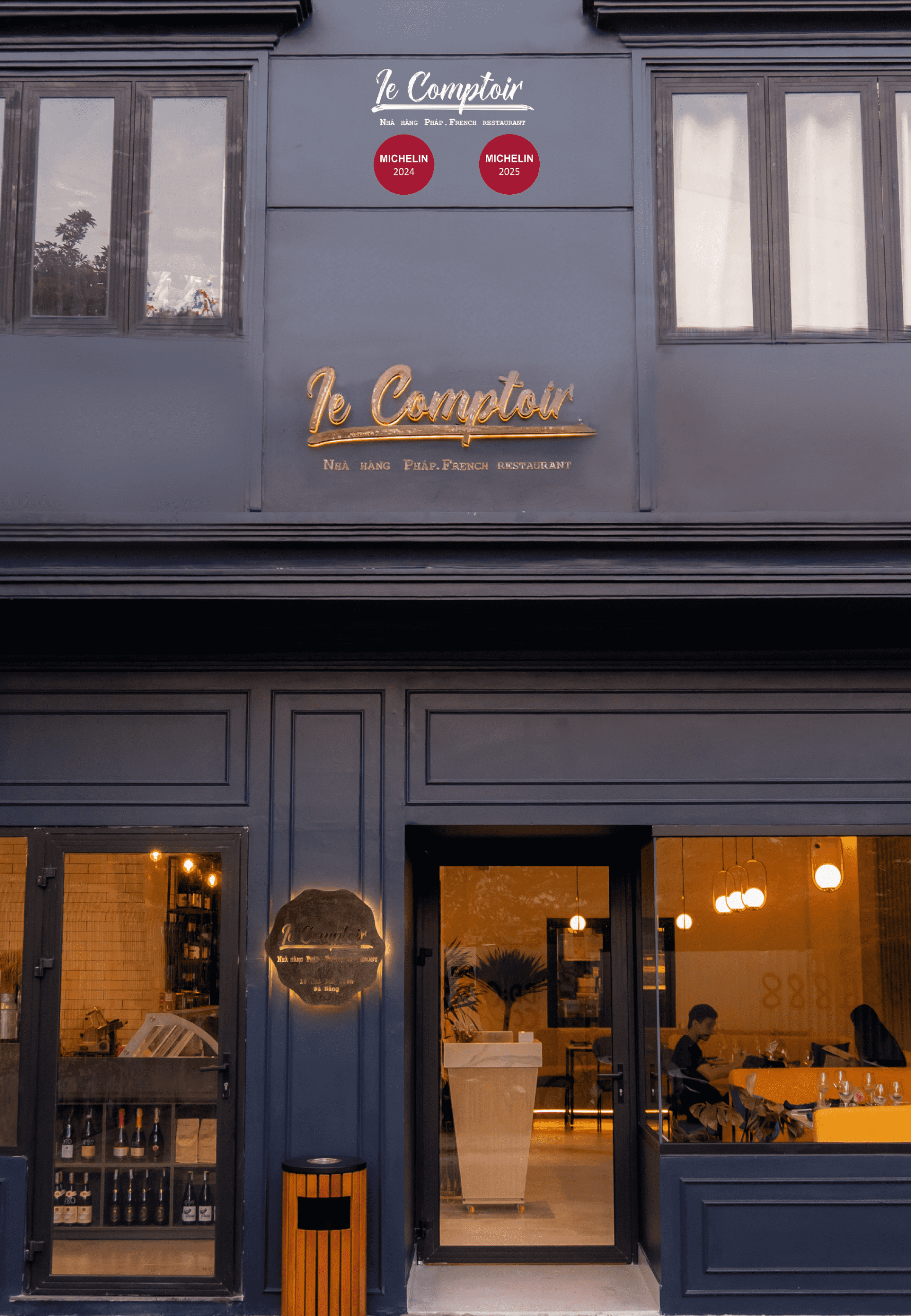Every country, city, and location has its own unique culture. When individuals are attracted to a place because of its unique features, it may be the food, the entertainment facilities, or even just the way people live. It is impossible to visit Hoi An city, popularly known as the ancient town, without going to Cao Lau. Cao Lau is a cuisine that has been passed down for a long time and is known for using ingredients from four different cultures.
What is Cao Lau? Is it food?
Similar to Mi Quang’s eating style, Cao Lau’s includes a small amount of soup and is served with toppings like pork, bean sprouts, and some vegetables. Nevertheless, the taste and processing are entirely different and are processed much more thoroughly to make a great dish with and different taste.
Cao Lau is soft, slightly dry, and has a yellow color. In addition to bean sprouts, xa siu, crispy pork skin, and a small vegetable salad with bitter vegetables, Cao Lau is served. Eat a bowl of Cao Lau, Hoi An people always enjoy it with soy bean sauce and a little unique sweet chili sauce.
Similar to Mi Quang’s eating style, Cao Lau’s includes a small amount of soup and is served with toppings like pork, bean sprouts, and some vegetables. Nevertheless, the taste and processing are entirely different and are processed much more thoroughly to make a great dish with and different taste.
Cao Lau is soft, slightly dry, and has a yellow color. In addition to bean sprouts, xa siu, crispy pork skin, and a small vegetable salad with bitter vegetables, Cao Lau is served. Eat a bowl of Cao Lau, Hoi An people always enjoy it with soy bean sauce and a little unique sweet chili sauce.
History of Cao Lau
Cao Lau has a history dating back to the 17th century when Hoi An was still a bustling, huge harbor and participated in trade with foreign merchants. At Hoi An, people from Japan and China appeared to have come to live and grow through trade and interaction.
But the Champa people’s homeland was where the land of Hoi An originally belonged. The dish Cao Lau is said to be a fusion of four different cultures because of this. Chinese as a sa xiu pork. Cao Lau’s method of producing noodles, which is very similar to Japanese udon noodles; and Cao Lau’s soup, which is made using water from the Ba Le well, veggies from Tra Que garden which is on the territory of the ancient Champa people. In Vietnamese cuisine and also Vietnamese cultures, we are always served noodles with raw vegetables.
Notwithstanding what has been said, Cao Lau is neither a Chinese nor a Japanese dish. This food, which represents a development history and a unique dish, aligns with several cultures.
There are numerous tales that assume the name Cao Lau and the way it is pronounced are Chinese.When Hoi An was still an established port in the past, the Hoai River was still large, and people lived in tall houses that were above the river, with a boat parking area down below. Customers will therefore seat upstairs in the restaurants, which are similarly constructed in this style. The unique feature is that, in the past, Cao Lau was exclusive to the wealthy, who would eat there while the upper level was decorated with vibrant lanterns. This dish was passed down to “lau cao” and used with the phrase “upstairs. (Vietnamese cao lau)”
Cao Lau was once a cuisine reserved for the wealthy and royalty, but as the economy advanced, it was turned into a dish that could be prepared in a variety of ways and was available to everyone. Cao Lau has increasingly gained popularity and merged into Hoi An culture.
The way Hoi An people made Cao Lau
The rice must be soaked in the ashes of a specific sort of tree that grows in Cu Lao Cham in order to make the flavorful Cao Lau with yellow, elastic noodles and uniquely slightly dry noodles. The water from the Ba Le well, which is pure, cool, and free of alum contamination, must be used for the soaked rice. The accompanying veggies are typically collected from the Tra Que vegetable garden, where organic vegetable growing techniques from the past are still used to preserve produce. The vegetables are kept in great condition and are regarded as green and of high grade.
Everything combines and creates Cao Lau – a unique, different, and bold dish of Hoi An culture, people, and nature.
Where to try Cao Lau
Hội An
– Giếng Đình, 16 Phan Chu Trinh, Hội An (Besides Cao Lau, they are also served Hoi An chicken rice, white roses, my quang)
– Tre Nguồn, 132 Nguyễn Thái Học (Located in the center of Hoi An’s old town, close to the crowded river, and freely obtainable. In addition to hot Cao Lau, Tre Nguon also sells Quang noodles, grilled pork, and chè. Tre Nguon is a good option if you want to sample unusual foods at a reasonable price in Hoi An)
Đà Nẵng
Cao Lầu Lý, 267 Thái Thị Bôi, Thanh Khê, Đà Nẵng (this is just a small food vendor for local people but they have a really good taste and original flavor of Cao Lau)











